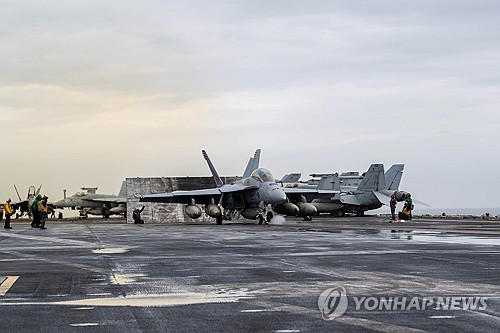The trilateral military exercise “Freedom Edge,” involving South Korea, the United States, and Japan, concluded after three days of intensive operations in international waters near Jeju Island, South Korea. This exercise, initiated in line with an agreement among defense chiefs from the three nations in June, aimed to strengthen deterrence capabilities against potential nuclear and missile threats emanating from North Korea.
Key naval and aerial assets were deployed during “Freedom Edge,” showcasing the formidable military capabilities of each participating country. The USS Theodore Roosevelt, a prominent symbol of U.S. naval power, operated alongside South Korea’s ROKS Seoae Ryu Seong-ryong destroyer and Japan’s JS Ise helicopter destroyer. This collaboration not only demonstrated the interoperability of advanced naval technologies but also underscored the commitment to regional security and stability among these allies.
A notable aspect of “Freedom Edge” was the inclusion of joint cyber training, marking the first time the three countries conducted such exercises together. This addition reflects a recognition of the growing importance of cybersecurity in modern military operations, where threats can transcend physical borders and traditional domains.
The name “Freedom Edge” draws from established bilateral exercises: “Freedom Shield” between the U.S. and South Korea and “Keen Edge” between the U.S. and Japan. Unlike previous joint exercises, which typically focused on maritime and aerial domains, “Freedom Edge” encompassed multidomain operations. These included air combat maneuvers, maritime patrols, underwater activities, and cyber defense simulations, highlighting the comprehensive approach taken to address diverse security challenges.
Beyond enhancing immediate operational readiness, “Freedom Edge” also serves as a strategic signal of unity and resolve among South Korea, the United States, and Japan. By conducting joint exercises across multiple domains, these countries reinforce their collective defense posture and reaffirm their commitment to regional security cooperation in the Asia-Pacific region. This collaboration not only strengthens bilateral and trilateral military relationships but also contributes to broader efforts to maintain peace and stability in a complex geopolitical landscape.
